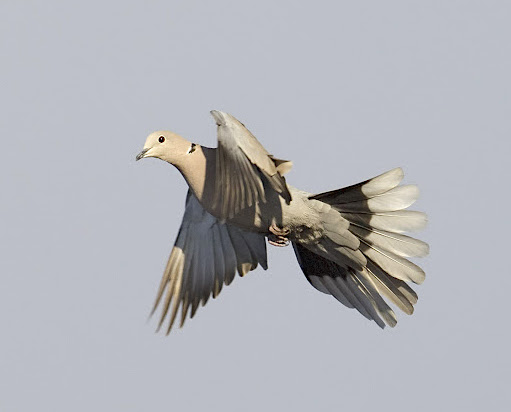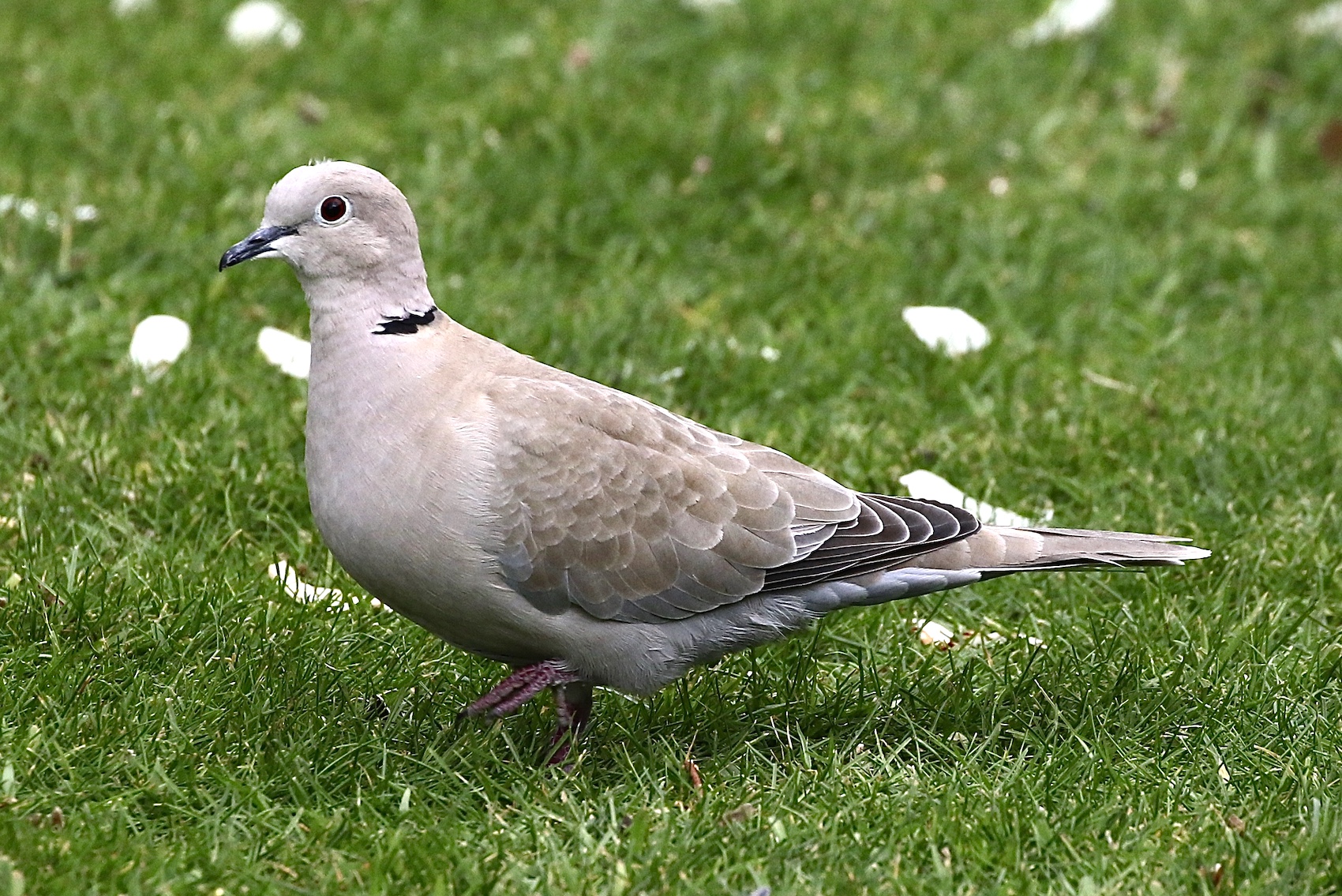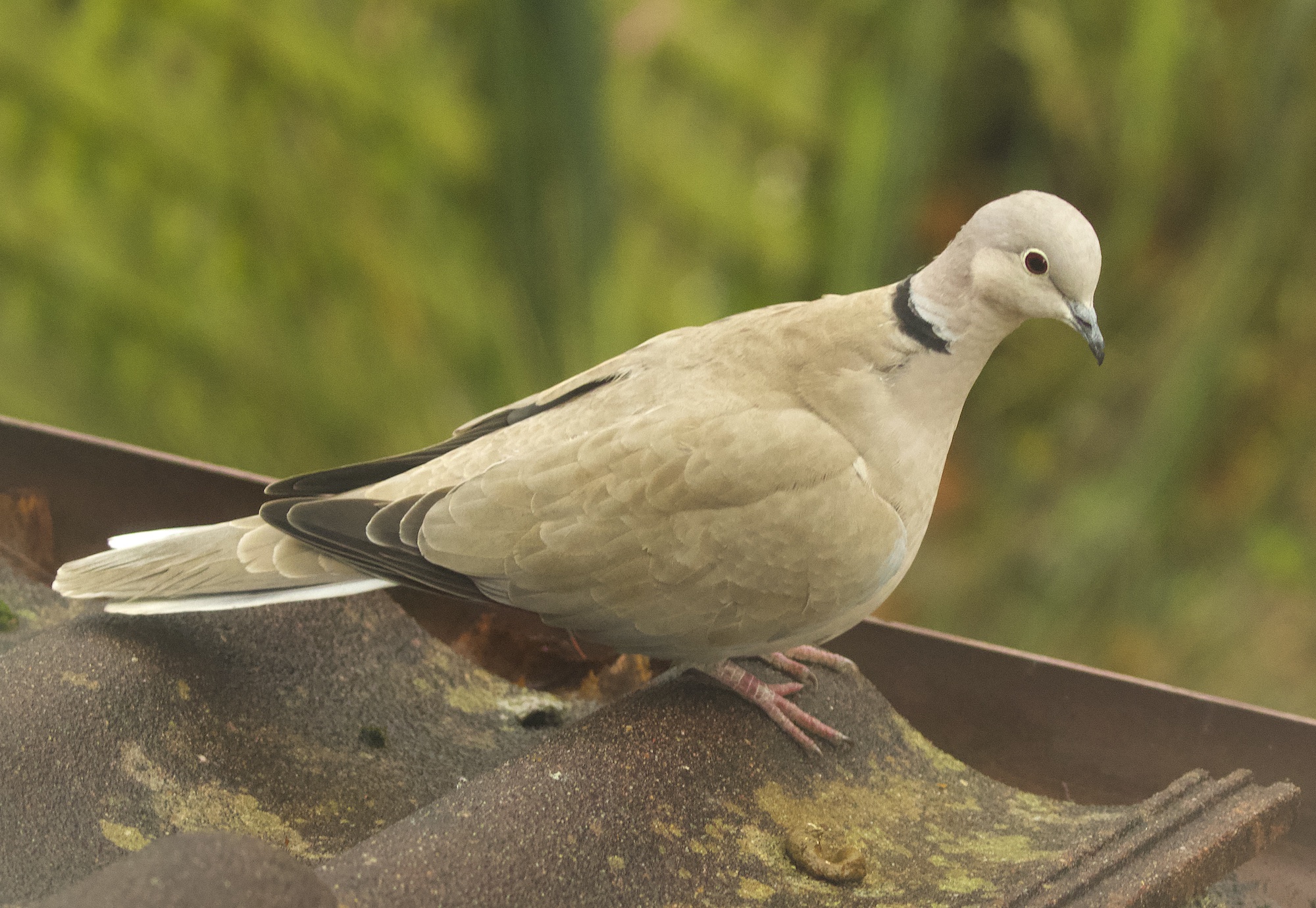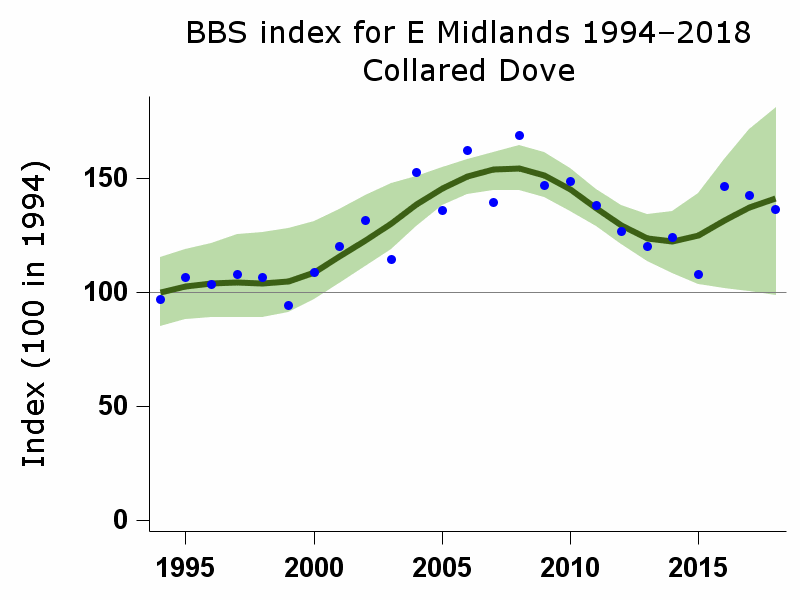Collared Dove Streptopelia decaocto



Collared Doves are a very numerous breeding species in Lincolnshire and across the UK, the British population was estimated to be about 980,000 territories in 2009 (BTO). It is concentrated in urban and suburban areas often associated with farms, granaries, parks churchyards and gardens. Large flocks occur in autumn and winter often numbering several hundred. This species had not been recorded in Europe prior to the 19th Century. Collared Doves then spread rapidly across Europe from Central Asia from about 1930 with the first Lincolnshire record being a singing male holding territory at Manton, near Brigg in May 1952 and present there for at least six years. It was also the first British record of the species; however this has never been formally recognised as some were known to have been imported for aviculture from 1947. Norfolk is credited with the first breeding record following the arrival of a pair at Overstrand in April 1955, which were considered to be wild birds.
A pair bred for the first time in Lincolnshire at Manton in 1957 where the original bird was still present. Colonisation of towns and villages across Lincolnshire took place in earnest from the early 1960s and the species was well established by 1970 to become the familiar species with which we have become so accustomed.
BTO ringing data show that the oldest bird on record was ringed near Grantham in 1995 and was found dead very close to the original ringing site when aged 10 years. Lincolnshire-ringed birds have wandered as far afield as Dublin, a journey of 401km and others have been recovered in Northumberland and north Wales. There are two records of Belgian-ringed birds being recovered shot in the county, one in May 1970 and the second in March 1978. The BTO Breeding Bird Survey trend graph for the east Midlands shows a relatively stable population which is 34% higher than when the index was first published in 1994, albeit within wide confidence limits and not reaching statistical significance.

Population trend graph for Collared Dove for the East Midlands.
(Reproduced from the BTO/JNCC/RSPB Breeding Bird Survey data, September 2019, with permission).
(Account prepared September 2019, updated with reference to the new Birds of Lincolnshire (2021) January 2023)
